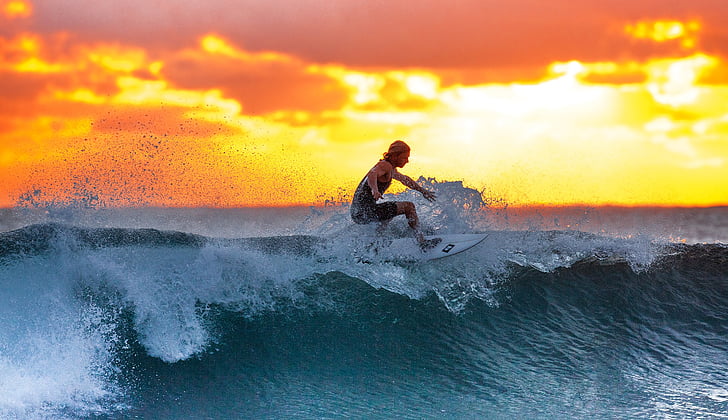Surf therapy is being embraced — from the US Navy to the British health service — as a surprisingly effective treatment for depression, anxiety and trauma.
The Great Recovery is a series examining how a surge in innovation, outreach, access and attention to equity is improving our mental health system. It is supported by a grant from Wellcome Trust.
Natalie Small looks at the ocean as if she’s looking into a mirror. “How high are the waves today –– the ones out there on the water and the emotional ones within me? Do I feel like jumping into the tide or rather just wetting my toes? What do I want to discover in the ocean today? And what do I want to leave behind?”
These are questions she likes to ask at the start of every group therapy session on Ocean Beach in San Diego, California. Together, we eight participants sit in a circle and write down our answers in our notebooks. Some scribble their ideas with a colorful sharpie on the white blanket spread out on the sand: “Strength” “Joy” “Fun.”
Continue reading at reasonstobecheerful.world.

